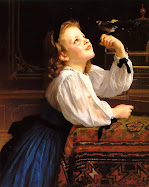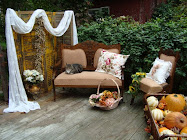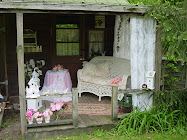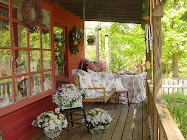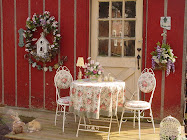
Perhaps no memento so perfectly captures the essence of an entire era as the valentine does for the Victorians. Hidden within the undulating paper curves of these charmingly conceived, lovingly crafted tokens of affection – the more elaborate the better – lie fascinating clues to the gilded age in which the valentine was transformed from mere ephemera into art.
For behind the lavish decorations stood not just the secrets of Victorian hearts but of Victorian society as well. Valentines were among the few tokens that could freely be exchanged between men and women, and much was read between the lines, or in this instance, the hearts and flowers. Depending upon the elaborateness of the lace filigree, the number of cupids, or the cleverness of imported “trick” valentines, which opened to reveal moving parts, a hopeful young lady could measure the true emotional involvement of her suitors.

Until the early nineteenth century, valentines were primarily handwritten love letters. As printing techniques became more sophisticated, the Victorian valentine business boomed. The London stationery firm of Joseph Addenbrooke is considered one of the major contributors in the evolution of the commercial valentine. During the 1830s, Addenbrooke discovered while embossing paper borders that by filing of the raised relief, he could create paper that imitated lace. Soon lace paper or “doilies” became the rage and English stationers competed fiercely to provide elaborate doilies that rivaled real lace.
With the lace papers and the chromo cutouts of cherubs, hearts and flowers as valentine prerequisites, the art form of both homemade and commercial valentines began to flourish. Swags of fringe, feather, fabric, tinsel and glitter (including powdered colored glass) were added. Printed verse became hidden behind secret doors and valentines began to have moving parts that permitted hearts or cherubs to twirl. Victorian valentines were limited only by the sender’s imagination and still have the power to amuse, entertain and awe, even today.
Tomorrow, let's talk about the American Valentine and its humble beginnings.
Excerpts written by Sarah Ban Breathnach, author of Simple Abundance.













